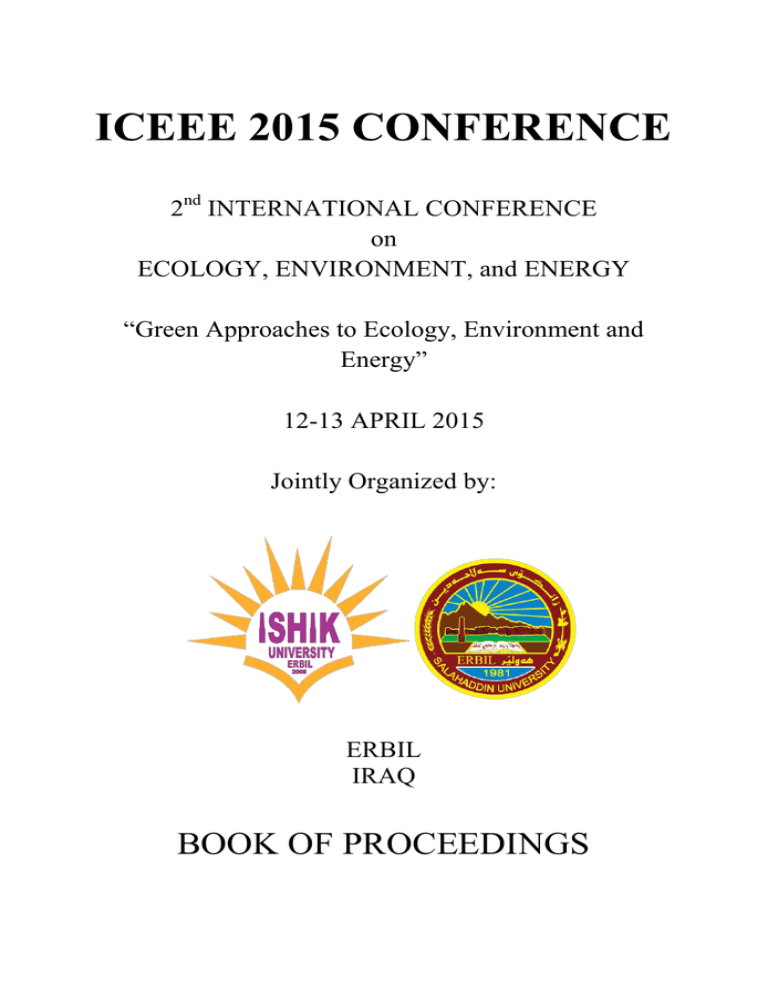
As plans become more complex by introducing sharper dose gradients in an effort to spare healthy tissue, inter-fraction changes of organ position with respect to plan become a limiting factor in the correct dose delivery to the target.
SAP GUI 7.5.7.2 VERIFICATION
Helical tomotherapy's ability to provide daily megavoltage (MV) computed tomography (CT) images for patient set-up verification allows for the creation of adapted plans. ItĪ case study for online plan adaptation using helical tomotherapy Helical tomotherapy planning resulted in highly conformal dose distributions. The mean lung dose was found to increase by approximately 0.9 Gy per percent overlap volume. The overlap between lung and PTV was found to be a good indicator of plan quality for HT. A good correlation was found between the quality of the HT plans and the IMRT plans with HT being slightly better in most cases. A 'dose quality factor' was introduced to correlate the plan outcome with patient specific parameters. Using a prescribed dose of 60 Gy to PTV2 and 46 Gy to PTV1, the mean lung dose was 23.8 ± 4.6 Gy. Tomotherapy delivery times for the large target volumes were estimated to be between 4 and 19 min. For comparison, plans were created using an intensity-modulated radiation therapy (IMRT) approach planned on a commercial treatment planning system (TheraplanPlus, Nucletron). Tomotherapy plans were created using an inverse treatment planning system ( TomoTherapy Inc.) based on superposition/convolution dose calculation for a fan beam thickness of 25 mm and a pitch factor between 0.3 and 0.8. A 2 cm margin was used around the gross tumour volume (GTV) to generate primary planning target volume (PTV2) and 1 cm margin around elective nodes for secondary planning target volume (PTV1) resulting in PTV1 volumes larger than 1000 cm3 in 13 of the 15 patients. While not necessarily clinically indicated, elective nodal irradiation was included for all cases to create the most challenging scenarios with large target volumes. Tomotherapy plans were developed for 15 patients with stage III inoperable non-small-cell lung cancer. The aim of the present study was to investigate what role helical tomotherapy (HT), a novel approach to the delivery of highly conformal dose distributions using intensity-modulated radiation fan beams, can play in difficult cases with large target volumes typical for many of these patients. Lung cancer treatment is one of the most challenging fields in radiotherapy.

Wong, Eugene Rodrigues, George Trenka, Kris Coad, Terry Bauman, Glenn Van Dyk, Jake

Kron, Tomas Grigorov, Grigor Yu, Edward Yartsev, Slav Chen, Jeff Z. Planning evaluation of radiotherapy for complex lung cancer cases using helical tomotherapy


 0 kommentar(er)
0 kommentar(er)
